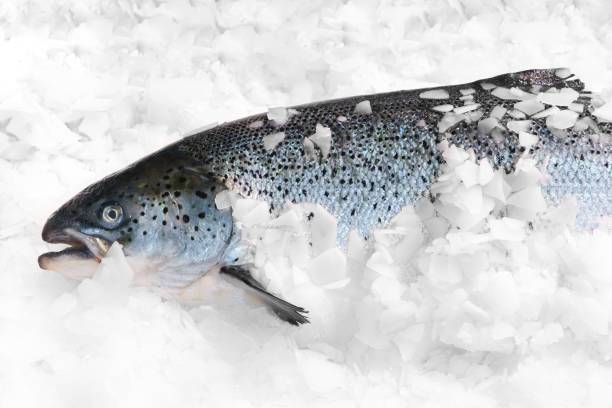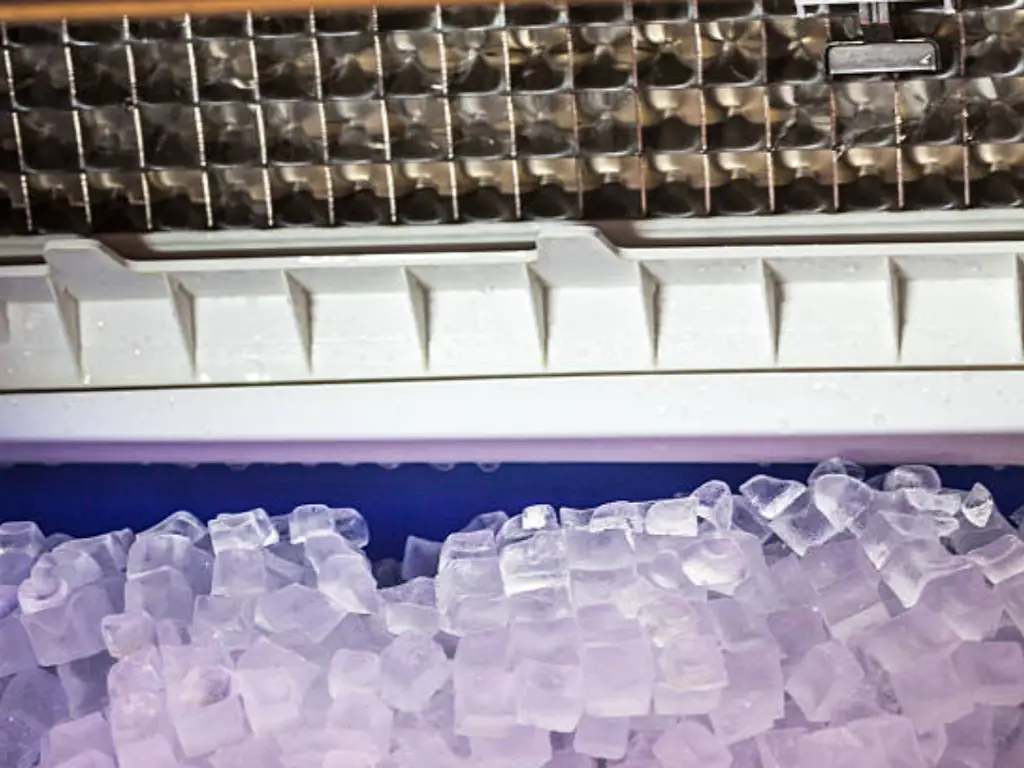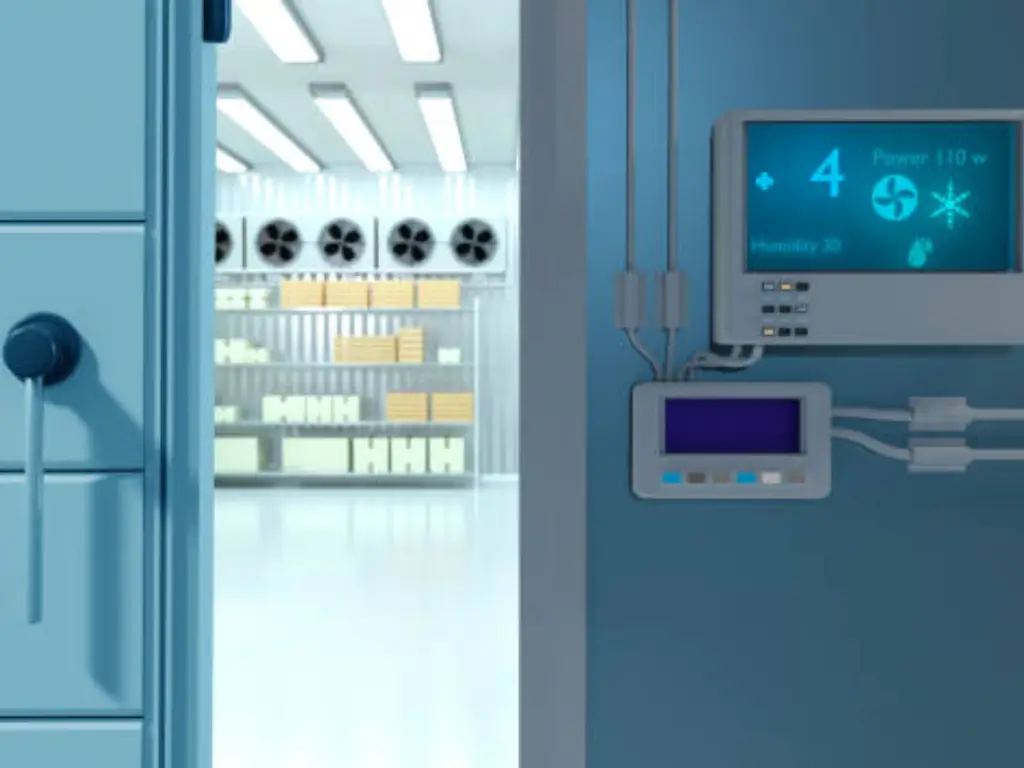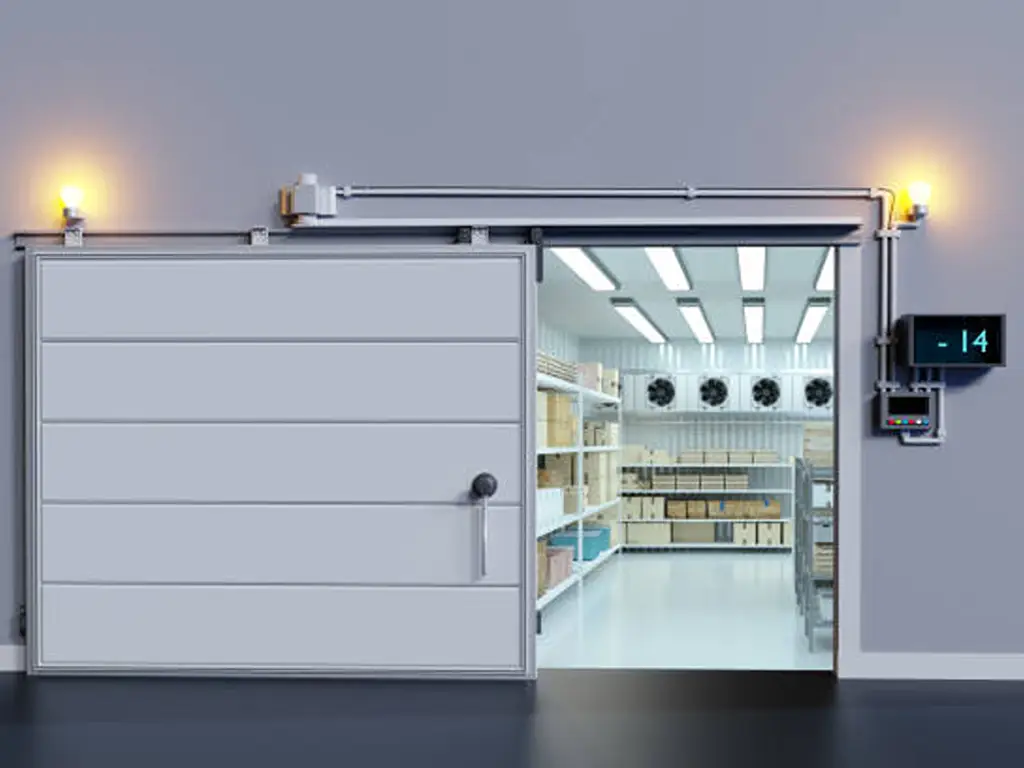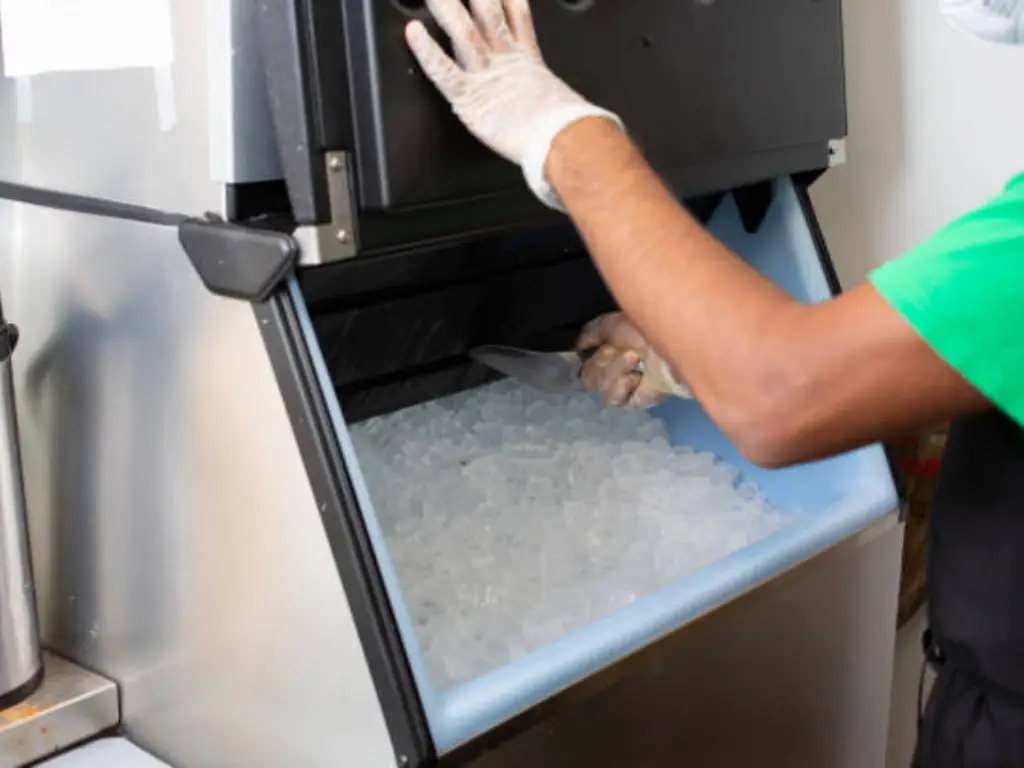If you’re in the food service industry, run an ice factory, or manage a self-contained business that requires large-scale refrigeration, a walk-in freezer is a necessity. But before you invest in one, it’s important to understand the true costs involved.
Many factors influence the price of building a walk-in freezer, including its size, customization, インストール, and ongoing operating expenses. While the upfront purchase price is significant, the long-term costs—like energy consumption and maintenance—can be just as crucial.
それで, how much does a commercial walk-in freezer cost? Let’s break it down.
Initial Cost of a Walk-In Freezer
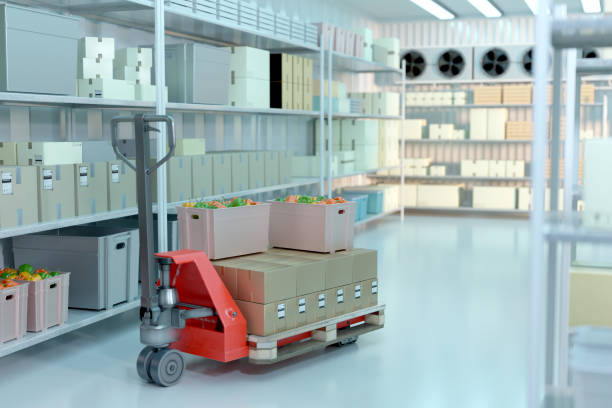
The cost of a commercial walk-in freezer varies based on size, features, and customization. 平均して, expect to pay $100–$150 per square foot for a standard model. 例えば:
- あ 6’ x 6’ freezer costs $3,600–$5,400.
- An 8’ x 8’ unit ranges from $6,400–$9,600.
- あ 10’ x 10’ freezer may cost $10,000–$15,000.
Key factors influencing the price include:
- Size and Capacity: Larger units require more materials and insulation, increasing costs.
- Brand and Efficiency: Energy Star-certified models cost more upfront but reduce long-term energy bills.
- カスタマイズ: Features like reinforced flooring, extra shelving, or advanced refrigeration systems add to the price.
- 位置: Shipping and labor costs vary by region, with urban areas often facing higher rates.
例: A restaurant in New York City upgrading to an 8’ x 10’ Energy Star-certified freezer paid $8,500, including custom shelving, compared to $7,000 for a basic model.
Walk-In Freezer Installation Costs
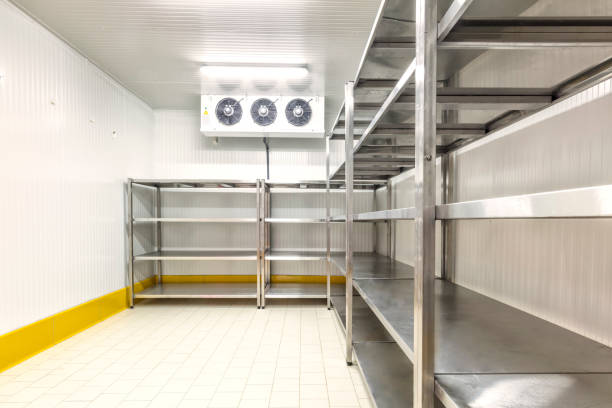
Beyond the unit itself, the walk-in cooler installation cost can add thousands to your budget. Installation prices typically range from $2,000 に $10,000, depending on several factors:
- Site Preparation: If your facility isn’t prepped for a walk-in freezer, you might need to reinforce the flooring, install proper ventilation, or upgrade electrical wiring.
- Labor Costs: Hiring professionals ensures compliance with safety standards, but labor costs vary based on location and complexity.
- Permits and Compliance: Depending on your area, you may need building permits, which can add to your installation expenses.
For those setting up a freezer in a restaurant, warehouse, or ice factory, working with experienced contractors is essential to avoid costly mistakes and ensure energy efficiency.
Monthly Operating Costs
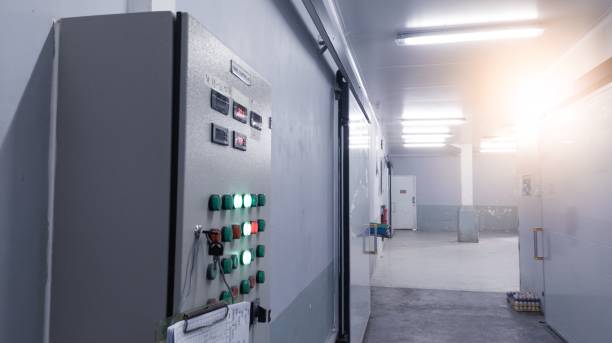
| Freezer Size | Average Price Per Month |
| 6×6 | £182.84 |
| 6×8 | £182.84 |
| 8×8 | £182.84 |
| 8×10 | £278.82 |
| 8×12 | £278.82 |
| 10×10 | £278.82 |
| 10×12 | £326.30 |
Now that we’ve covered upfront costs, let’s talk about the walk-in freezer operating cost—a key factor for any business owner.
平均して, a walk-in freezer consumes between 7,000 に 12,000 kWh per year, translating to a monthly energy cost of $150 に $500, depending on size, 断熱性, and local electricity rates.
Several factors affect energy expenses:
- エネルギー効率: Older models tend to consume more power, while modern, high-efficiency freezers can significantly cut down costs.
- Door Usage: Constantly opening and closing the door allows warm air inside, forcing the freezer to work harder.
- Ambient Temperature: Freezers located in hot environments (例えば。, kitchens) will require more energy to maintain low temperatures.
To reduce walk-in freezer operating costs, invest in well-insulated models, limit door openings, and perform regular maintenance.
メンテナンスと修理費用
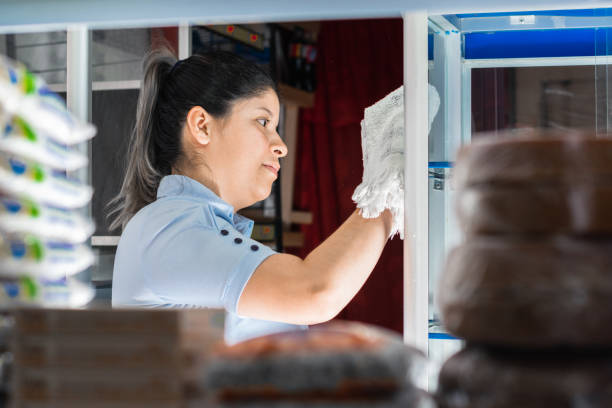
Regular maintenance extends a freezer’s lifespan (typically 15–20 years) and ensures efficiency. Annual maintenance costs range from $200 に $500, covering:
- Cleaning condenser coils.
- Inspecting and replacing door seals.
- Calibrating thermostats.
Emergency repairs, such as compressor failures, can cost $500 - $ 3,000. Replacement parts vary:
- コンプレッサー: $1,500–$2,500.
- Door seals/gaskets: $50–$200.
Neglecting maintenance increases energy consumption and repair frequency, so schedule biannual checkups.
ヒント: Invest in a maintenance contract with a reputable service provider to catch issues early and avoid costly downtime.
Key Factors Influencing Long-Term Costs
Several variables impact the total cost of ownership:
- Insulation Quality: High-quality materials like polyurethane, meeting Energy Independence and Security Act (アイサ) 基準, reduce energy loss.
- Climate and Location: Freezers in warm climates or poorly ventilated areas require more cooling power.
- Usage Patterns: Frequent door openings or storing hot food increase energy use.
- Equipment Age: Older units are less efficient and require more repairs.
Tips to Reduce Walk-In Freezer Costs
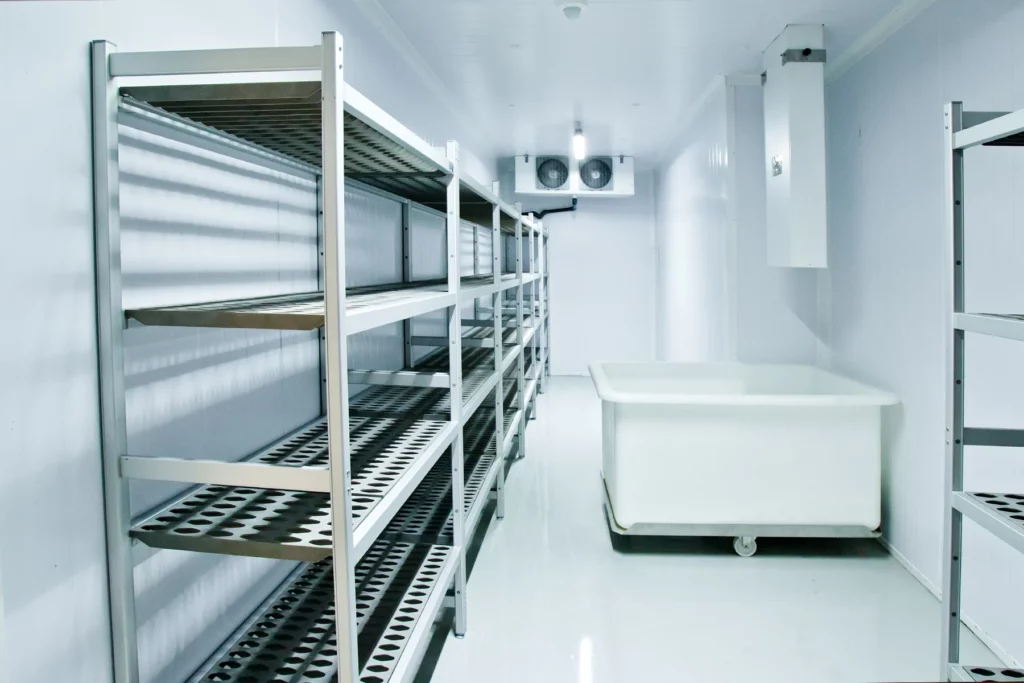
適切なインストール & Construction Is Pivotal
Your walk-in freezer or cooler must be properly built and installed to maintain energy efficiency. Skilled builders understand the details required for optimal performance and long-term durability. A proper initial setup is key to cost-effectiveness, and as you’ll see later, even its placement can impact energy savings.
Precise Insulation Shields Against Climbing Costs
A well-constructed walk-in freezer or cooler should feature proper insulation from the floor to the ceiling and along the doors. Its main purpose is to keep heat out and cold in, achieved by preventing external heat transfer. Insulation standards are set by the Energy Independence and Security Act (アイサ), so being aware of these requirements is crucial when purchasing and installing a walk-in unit.
Location Matters In More Ways Than One
The location of your operation can affect how hard your walk-in unit needs to work to maintain the right internal temperature and keep energy costs manageable. Both hot and cold environments require different approaches to regulate temperatures effectively. さらに, the specific placement of your walk-in within your establishment can influence its energy usage.
例えば, units near a hot stove or in direct sunlight will need more energy to stay cool, leading to higher energy bills. Keep this in mind when designing your food storage area, as relocating the unit later can be challenging.
Temperature Of Stored Items Affects Energy Usage
Placing hot or warm items directly from the kitchen into the freezer can increase energy usage. Hot foods or liquids require more energy to cool down than those at room temperature. While it’s safe to store hot food in a cold unit, it causes a rise in temperature inside the walk-in, forcing the compressor to work harder to bring it back down. To understand why your energy costs might be rising, consider the temperature of the items you’re storing.
How Often The Walk-In Freezer Is Opened & Closed
Similar to a home refrigerator, frequent and prolonged door openings will increase energy usage in your walk-in freezer or cooler. In busy foodservice operations, constant entry and exit allow outside temperature to enter, causing the unit to work harder to maintain a stable temperature and keep food safe.
While this may be inevitable in high-traffic areas, it’s important to inform staff that excessive door use can lead to higher energy bills. Installing vinyl stripping on walk-in doors is also an effective way to keep cold air inside the unit.
Are Walk-In Freezers Worth the Investment?
While the commercial walk-in freezer cost can be significant, it’s a necessary investment for many businesses. The key is to balance initial purchase price, installation costs, and long-term operating expenses to make an informed decision.
By selecting an energy-efficient model, maintaining regular servicing, and optimizing usage, you can maximize savings while ensuring the efficiency of your walk-in freezer. Before purchasing, always conduct a comprehensive cost analysis to determine the best option for your business.
それで, is a walk-in freezer worth the cost? If chosen wisely and maintained properly—absolutely!
FAQ
What maintenance is required for a walk-in freezer?
Regular maintenance includes cleaning condenser coils, checking door seals, and calibrating the thermostat, 通常、コストは範囲です $200 に $500 per year. Emergency repairs, such as replacing a compressor, can cost between $500 そして $3,000.
How long does a walk-in freezer last?
適切なメンテナンスを備えています, a walk-in freezer can last 15 に 20 年. しかし, older units may require more frequent repairs and use more energy, reducing efficiency.
Can I store hot food in a walk-in freezer?
While it’s safe to place hot food in a walk-in freezer, it can increase energy usage. Hot items raise the internal temperature of the freezer, causing the compressor to work harder to bring it back down to the desired temperature.

